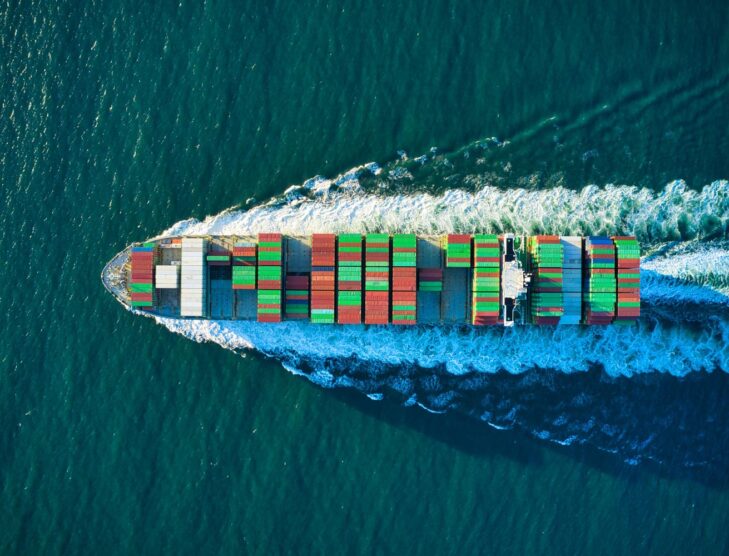
MOL announces new bunker oils & lubricants management system
Mitsui O.S.K. Lines, Ltd. (MOL), the only Japanese ocean shipping company that has its own bunker oil and lubricant analytical laboratory, has developed a new system to manage bunker oil and lubricant analysis results.
Developed together with MOL Information Systems, Ltd., the new system is part of its efforts to promote digital transformation (DX). Called Bunker Hub, MOL started operating the service in August.
The system consolidates statistical data such as “analysis results by vessel/region” and “off-spec bunker occurrence area distribution” on the cloud. It also significantly improves user-friendliness and operability by adding a function that allows online access/monitoring of analysis data, anytime and anywhere.
MOL’s Technology Research Center, which opened 60 years ago, analyzes about 7,000 samples collected from about 800 MOL Group-operated vessels every year. The system encompasses all analysis results and allows MOL Group employees to check them online. This helps them evaluate bunkering ports and its quality in terms of past bunker oil results. MOL expects this to help avoid the use of inferior bunker oils.
Analysis results and statistical data accumulated in the system, especially trends in bunker oil characteristics by area/fuel, is considered big data that will contribute to improved technology and safer operation among maritime clusters. In the future, MOL will not only sell the system to other companies, but also share such data to contribute to the growth of maritime industries.
The key differences between the former system, which has been in use for nearly 30 years at MOL, and the new system are:
- Application of cloud-based system instead of email-based system. This allows for online browsing. Furthermore, analysis results of bunker oils and lubricants used by vessels are continually stored on a cloud-based system, ensuring that new systems will contribute to maintain high-quality vessel performance.
- It is browsable even with iPads, etc. to maximize convenience for users.
- Analysis results of bunker oils, analyzed by other companies’ analysis institutions, can be also consolidated into the new system.
- Big data is integrated into the new system which makes it quick and easy to grasp trends/statistical analysis of bunker oils visually by area/oil types.
- New system can be flexibly linked to the other systems/applications considering current and forthcoming big data.









